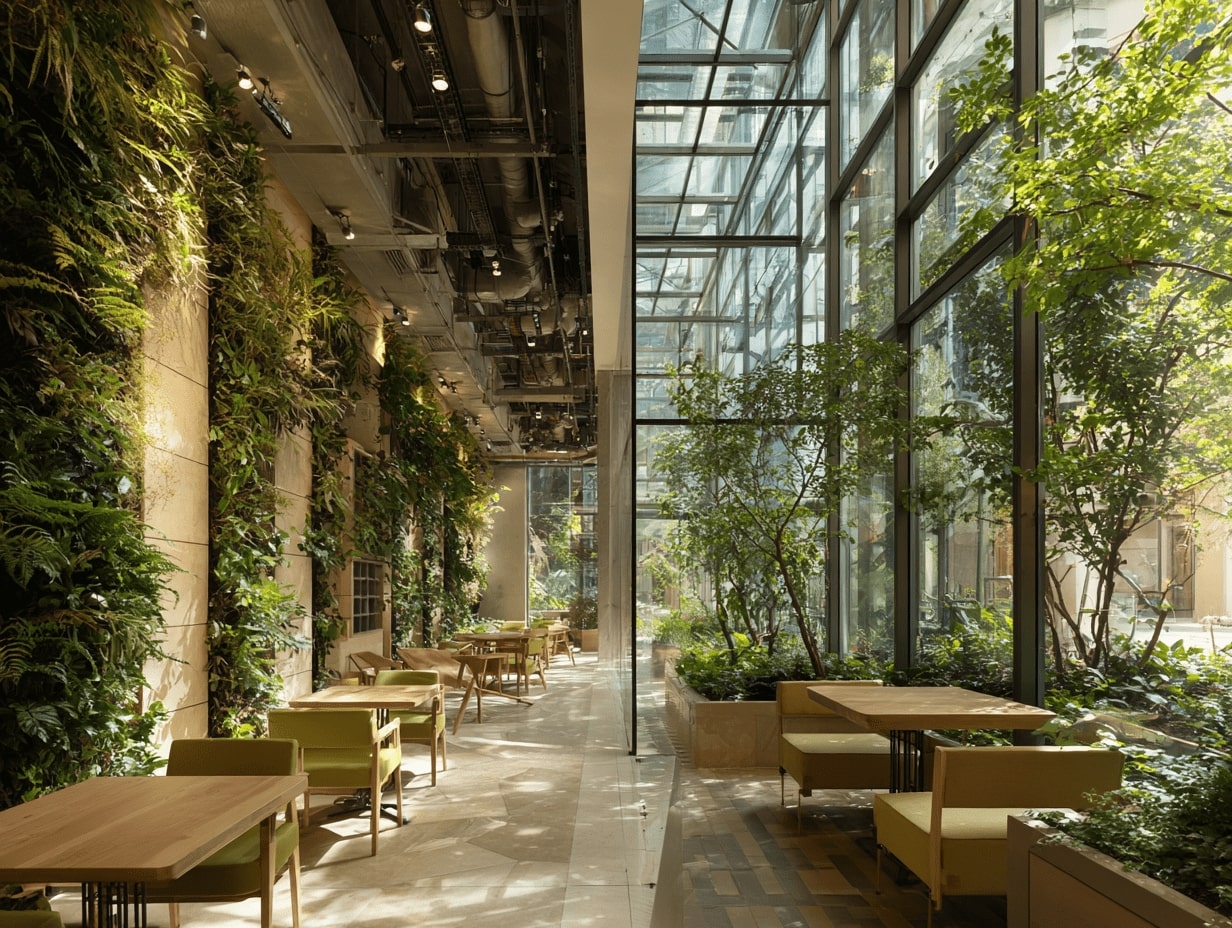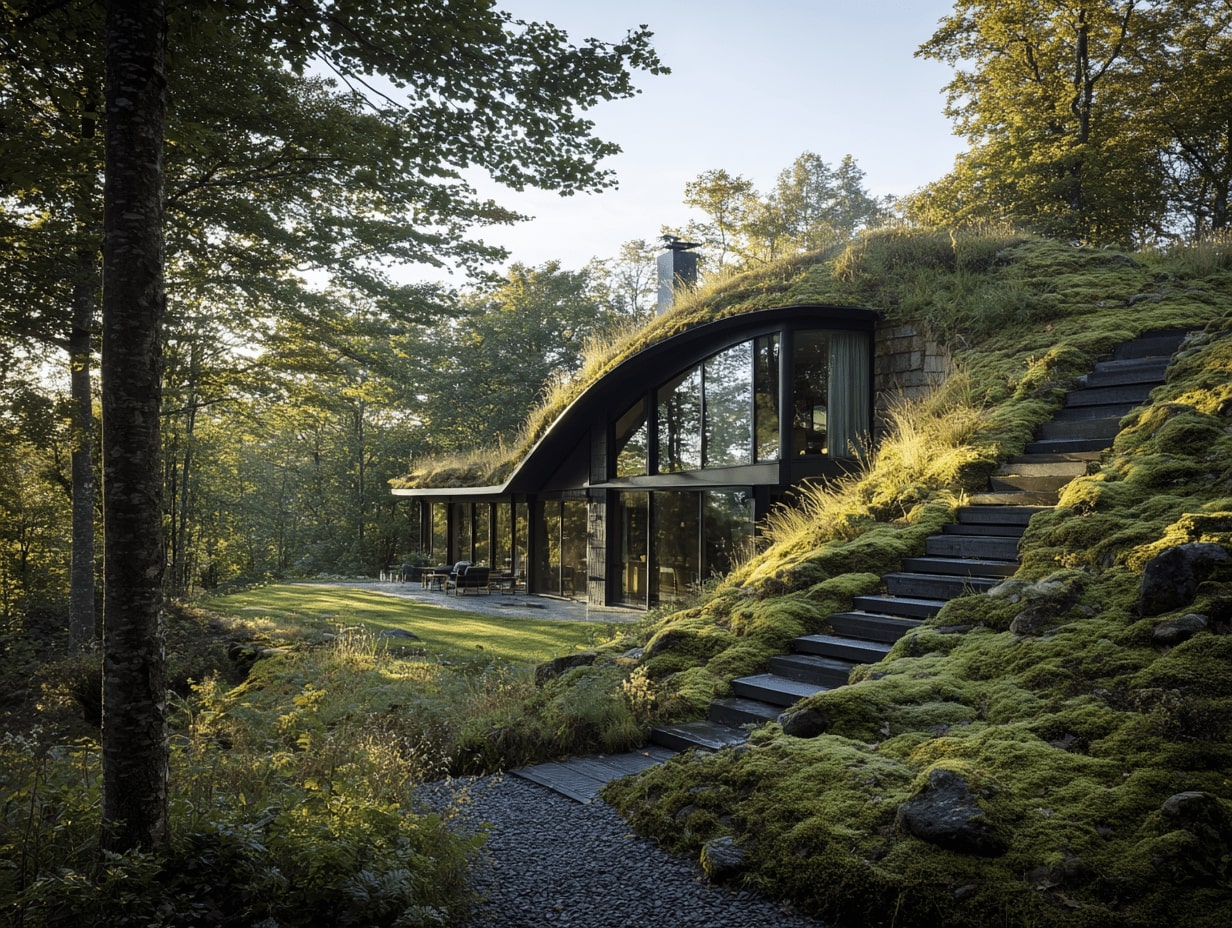- Home
- Articles
- Architectural Portfolio
- Architectral Presentation
- Inspirational Stories
- Architecture News
- Visualization
- BIM Industry
- Facade Design
- Parametric Design
- Career
- Landscape Architecture
- Construction
- Artificial Intelligence
- Sketching
- Design Softwares
- Diagrams
- Writing
- Architectural Tips
- Sustainability
- Courses
- Concept
- Technology
- History & Heritage
- Future of Architecture
- Guides & How-To
- Art & Culture
- Projects
- Interior Design
- Competitions
- Jobs
- Store
- Tools
- More
- Home
- Articles
- Architectural Portfolio
- Architectral Presentation
- Inspirational Stories
- Architecture News
- Visualization
- BIM Industry
- Facade Design
- Parametric Design
- Career
- Landscape Architecture
- Construction
- Artificial Intelligence
- Sketching
- Design Softwares
- Diagrams
- Writing
- Architectural Tips
- Sustainability
- Courses
- Concept
- Technology
- History & Heritage
- Future of Architecture
- Guides & How-To
- Art & Culture
- Projects
- Interior Design
- Competitions
- Jobs
- Store
- Tools
- More
Top Architecture Design Principles for Creating Sustainable and Stunning Spaces
Explore the core principles of architectural design, where functionality, aesthetics, and sustainability converge. Discover how proportion, symmetry, light, and material choices create inspiring spaces, while trends like smart technology and eco-friendly practices redefine modern design.

Architecture isn’t just about creating buildings; it’s about crafting spaces that inspire, function seamlessly, and stand the test of time. At its core, architecture design is guided by a set of principles that ensure both beauty and purpose come together harmoniously. These principles shape how we approach design, blending creativity with practicality.
When we think about successful architecture, it’s clear that every detail matters. From proportion and balance to sustainability and innovation, these elements work together to create structures that resonate with people and their environments. By understanding these design principles, we can better appreciate the thought and effort behind every iconic structure.

Table of Contents
ToggleUnderstanding Architecture Design Principles
Architecture design principles serve as the foundation for creating functional, aesthetic, and sustainable structures. These principles guide architects in harmonizing form and purpose to meet the needs of users and environments. By adhering to these guidelines, we ensure that designs not only fulfill their intended roles but also inspire and endure.

Key Principles of Architecture Design
- Proportion and Scale
Proportion ensures that elements within a structure relate harmoniously to one another. Scale aligns architectural features with human dimensions, making spaces feel natural and accessible. For instance, residential buildings often employ smaller scales compared to monumental public structures.
- Balance and Symmetry
Balance distributes visual weight evenly across a design, creating stability. Symmetry achieves balance through mirrored halves, while asymmetry achieves it through contrasting yet compatible elements. We see this interplay in both classical facades and modern designs.
- Functionality
Architecture prioritizes usability by focusing on efficient layouts and practical materials. Functional designs consider movement, purpose, and accessibility, as seen in workspaces that optimize productivity or homes with intuitive flow.
- Sustainability
Architectural designs incorporate eco-friendly practices to reduce environmental impact. Sustainable principles include energy-efficient systems, renewable materials, and designs that adapt to climate needs, such as green roofs or passive cooling techniques.
- Innovation and Technology
Emerging technology encourages innovation by enabling unique forms and efficient construction methods. Examples include parametric modeling, which allows dynamic designs, or 3D-printed structures that revolutionize building processes.
- Contextual Integration
Structures reflect and respond to their surroundings by integrating cultural, social, and environmental contexts. For example, desert architecture often uses thick walls and shaded courtyards to cope with heat, blending tradition with functionality.
Importance of Applying Design Principles
Applying these principles elevates architecture from functional spaces to experiences that inspire. Attention to detail, from choosing materials to aligning with local contexts, shapes designs that stand the test of time. By integrating these elements, we bridge gaps between beauty, efficiency, and sustainability in the built environment.
Core Principles Of Architecture Design
Architecture design principles form the foundation for creating spaces that are both functional and aesthetically pleasing. By applying these principles consistently, we achieve designs that resonate with users and their environment.

Balance And Symmetry
Balance and symmetry create visual harmony in architectural design. Symmetry involves mirroring elements on either side of an axis, as seen in classical facades or Greek temples. Balance, whether symmetrical or asymmetrical, ensures visual stability by distributing elements evenly within a composition. For example, balancing a large structure with smaller complementary elements can make a space feel cohesive and intentional.
Scale And Proportion
Scale and proportion ensure harmony between architectural elements and their surroundings. Scale considers the size of elements relative to human dimensions, such as doors or windows, while proportion focuses on the relationship between different parts of a structure. The golden ratio, for instance, has been used historically to achieve visually pleasing proportions in both classical and modern architecture.
Functionality And Efficiency
Functionality and efficiency prioritize the usability of spaces while optimizing resources. Functional design integrates layouts that suit the intended purpose, such as open floor plans for collaborative offices or compartmentalized areas for privacy in residential homes. Efficiency includes choosing materials, systems, and construction methods that conserve energy, reduce waste, and enhance long-term performance without compromising quality.
Aesthetic Considerations In Architecture Design
Aesthetic considerations shape the visual and emotional experience of architectural spaces. Thoughtful attention to form, light, and materials ensures designs are both visually compelling and contextually appropriate.

Form And Style
Form defines the structure’s shape and volume, while style conveys its design language. We aim to create forms that reflect both function and artistic vision, using clean lines, curves, or intricate details depending on the project. Styles such as modern, classical, or vernacular connect designs to historical or cultural contexts, enhancing their relevance. Each element complements the building’s purpose, ensuring cohesion between form and function.
Use Of Natural Light
Natural light enriches spaces by highlighting textures, colors, and shapes. We strategically place windows, skylights, and openings to maximize daylight while controlling glare. Incorporating light wells or reflective surfaces enhances illumination and reduces energy consumption. Designs consider the site’s orientation to optimize sunlight and foster a balanced interior ambiance. The goal is to integrate light seamlessly, making spaces more inviting and functional.
Material Choice
Material choice influences a structure’s appearance, durability, and harmony with its surroundings. Using stone, timber, glass, or concrete provides aesthetic and functional benefits. We select materials for their textures, tones, and ability to convey the building’s character. Additionally, sustainable materials like reclaimed wood or local stone support eco-conscious design. Combining diverse materials gives depth and contrast, creating visually engaging and enduring architecture.
Sustainability In Architecture Design
Sustainability in architecture design prioritizes reducing environmental impact while enhancing resource efficiency. By integrating energy-efficient systems, eco-friendly materials, and adaptive reuse, we create structures that align with environmental goals.

Energy-Efficient Designs
Energy-efficient designs focus on optimizing energy consumption in buildings. We incorporate passive strategies like natural ventilation, proper insulation, and solar orientation to minimize artificial heating or cooling needs. Active systems like solar panels and energy-efficient HVAC technologies further reduce operational energy demands. For example, installing LED lighting can cut energy usage by up to 75%, improving sustainability while lowering costs.
Eco-Friendly Materials
Eco-friendly materials minimize the environmental footprint of construction. We use renewable and recyclable materials such as bamboo, reclaimed wood, and recycled steel to conserve natural resources. Materials like low-VOC paints and non-toxic insulation improve indoor air quality. Sourcing locally reduces transportation impacts, ensuring both sustainability and community support.
Adaptive Reuse
Adaptive reuse repurposes existing structures to reduce waste and preserve resources. We transform old buildings into functional modern spaces, preventing demolition debris and conserving energy used in constructing new materials. For example, converting warehouses into office spaces demonstrates how adaptive reuse maintains architectural heritage while fulfilling contemporary needs.
Modern Trends Influencing Architecture Design Principles
Modern architecture incorporates evolving trends that address technology, aesthetics, and sustainability. These trends influence how spaces are conceived, constructed, and utilized, reflecting current needs and future aspirations.

Smart Technology Integration
We see smart technology reshaping architectural design by enabling intelligent systems. Automated lighting, climate control, and security systems enhance energy efficiency and occupant comfort. Sensors monitor environmental changes, optimizing energy use and improving building efficiency. Examples include smart thermostats like Nest and building automation systems in modern office complexes, which streamline operations and reduce energy waste. Integrating smart technology also supports adaptive design by allowing structures to evolve with user requirements.
Minimalist Design Approaches
Minimalism prioritizes clean lines, open spaces, and simplicity. This approach focuses on essential elements, removing unnecessary decorations to create functional and visually appealing spaces. Materials such as concrete, glass, and steel often dominate minimalist design, offering durability and aesthetic neutrality. For instance, open floor plans in residential buildings maximize usable space and emphasize functionality. We observe that this trend aligns with sustainable practices by minimizing resource consumption and reducing construction waste.
Green Roofs And Urban Farming
Green roofs and urban farming redefine urban landscapes by merging architecture with nature. Green roofs provide insulation, reduce heat islands, and support biodiversity within cities. Urban farming initiatives promote food security and sustainability by integrating agricultural functions into building design. For example, projects like Bosco Verticale in Milan incorporate vertical gardens, enhancing air quality and visual appeal. This trend demonstrates how architectural designs solve environmental challenges without sacrificing functionality.
Conclusion
Architectural design principles influence the creation of spaces that balance functionality, aesthetics, and sustainability. By focusing on proportion, scale, and symmetry, we establish harmony and visual stability within designs. Functionality drives layouts and material choices, enhancing efficiency and usability. Sustainability integrates eco-friendly practices, such as energy-efficient designs, renewable materials, and adaptive reuse, to minimize environmental impacts.
Aesthetic elements like form, light, and material selection enable designs to connect with emotions and cultural contexts. Trends like smart technology, minimalist approaches, and green infrastructure shape contemporary architecture, blending innovation with environmental responsibility. These principles and trends together define structures that inspire, endure, and resonate with their surroundings.
- architecture design for ecology
- architecture design for the future
- architecture design guidelines
- architecture for sustainability
- biophilic design architecture
- Eco Friendly Architecture
- eco-conscious architectural design
- Energy Efficient Architecture
- environmentally conscious design
- environmentally friendly architecture
- green architecture principles
- green building design
- innovative architectural designs
- low-impact architecture solutions
- modern sustainable architecture
- renewable resources architecture
- stunning architectural spaces
- sustainability in architecture
- sustainable architecture
- sustainable building practices
- sustainable design principles
- sustainable homes design
- sustainable urban design
Submit your architectural projects
Follow these steps for submission your project. Submission FormLatest Posts
Eco-Friendly Floor Coverings: Smart Choices for a Greener Home
Eco-friendly floor coverings made simple: discover sustainable materials, trusted certifications, and room-by-room...
What are Biodomes?
Biodomes are transforming architecture by blending ecological science with advanced design to...
The Quiet Revolution of Biophilic Design
Biophilic design is reshaping homes, workplaces, and cities—backed by evidence. Learn core...
Sustainable Solutions in Contemporary Architecture: From Passive Design to Clean Energy
Sustainable solutions in contemporary architecture: a practical playbook to hit net-zero, cut...












Leave a comment